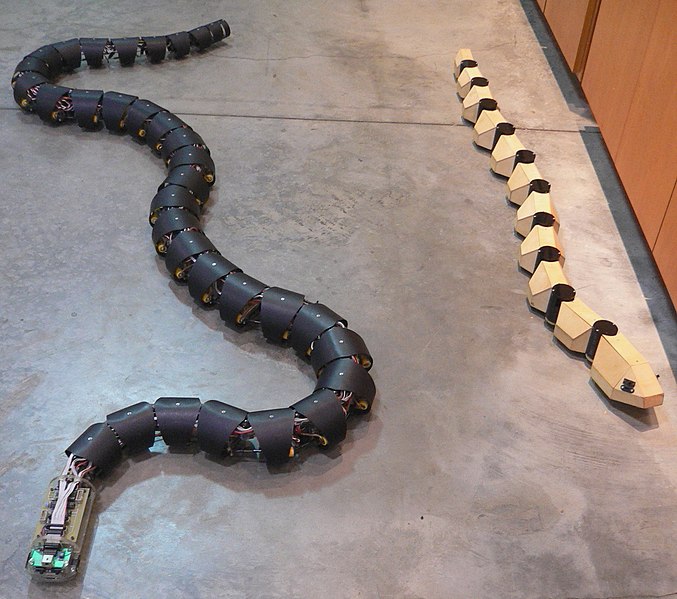Less-Common Locomotion Options for Robots

What are some of the uncommon methods of motion for a robot? What are some examples, pros, and cons of each?

Robots are usually designed to move in ways that are similar to humans or animals, such as walking, running, crawling, or flying. However, there are some robots that use unconventional methods of motion that are inspired by nature or physics. In this blog post, we will explore some of these uncommon methods of motion for robots and their advantages and disadvantages.
One example of an uncommon method of motion for a robot is snake-like locomotion. This is when a robot moves like a snake, by bending its body in waves and sliding on the ground. Some examples of snake-like robots are the ACM-R5H from Hirose Lab at Tokyo Institute of Technology, which can swim underwater as well as crawl on land, and the Robosnake from Carnegie Mellon University, which can climb trees and poles. The pros of snake-like locomotion are that it can adapt to different terrains and environments, such as narrow spaces, rough surfaces, or water. The cons are that it can be slow, complex, and difficult to control.
Another example of an uncommon method of motion for a robot is ballistic locomotion. This is when a robot moves by launching itself into the air using springs, catapults, or explosives. Some examples of ballistic robots are the Sand Flea from Boston Dynamics, which can jump over obstacles up to 9 meters high, and the Salto from UC Berkeley, which can perform multiple jumps in a row by using its tail to balance. The pros of ballistic locomotion are that it can overcome large obstacles and gaps, and achieve high speeds and heights. The cons are that it can be noisy, dangerous, and inaccurate.
A third example of an uncommon method of motion for a robot is magnetic locomotion. This is when a robot moves by using magnets to attract or repel itself from other objects or surfaces. Some examples of magnetic robots are the M-Blocks from MIT, which can assemble themselves into different shapes and configurations by using magnets on their faces, and the MagneBots from ETH Zurich, which can climb on metal walls and ceilings by using magnets on their wheels. The pros of magnetic locomotion are that it can enable novel forms of self-assembly, manipulation, and exploration. The cons are that it can be limited by the availability and strength of magnetic materials and fields.